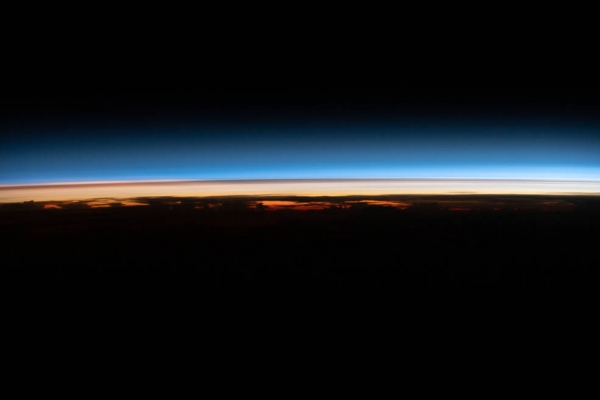In July, purple and pink hues painted the Antarctica and New Zealand skies — likely the result of atmospheric particles called aerosols that belched into the stratosphere in January during the eruption of the Hunga Tonga-Hunga Ha'apai volcano. Aerosols from eruptions, and extreme wildfires, can remain in the stratosphere for months to years traveling around the globe, scattering light from the sun, and creating the colorful glow seen this summer in the Antarctic and New Zealand skies.
Stratospheric water vapor also continues to linger at high altitudes around the globe from the Tonga eruption and can remain in the atmosphere for several years.
More importantly, lingering stratospheric aerosols and water vapor can affect Earth's climate. Not only can increased water vapor lead to the destruction of Earth’s sunscreen, stratospheric ozone, but because it is a greenhouse gas it warms the atmosphere. This offsets the cooling that occurs when stratospheric aerosol particles block sunlight by absorbing or scattering it.
Read more at: NASA Goddard Space Flight Center
In this photo captured from the ISS in March 2022, the Earth’s limb is shown with a dark thin layer sitting in the bluish color of the stratosphere. This dark thin layer is remnants of the Tonga volcanic plume, lingering in Earth’s stratosphere months after the eruption that occurred in January 2022.
Credits: Image courtesy of the Earth Science and Remote Sensing Unit, NASA Johnson Space Center; Photo number: ISS066-E-161686; PI: Jean-Paul Vernier, National Institute of Aerospace/NASA Langley Research Center


